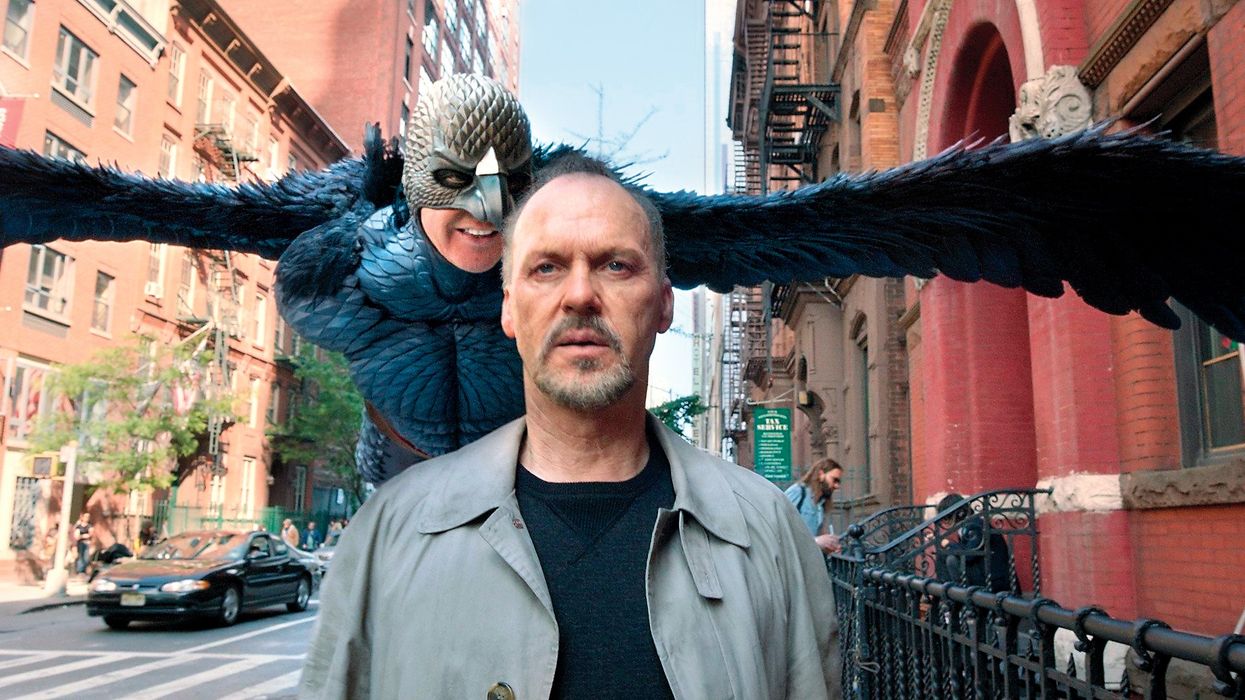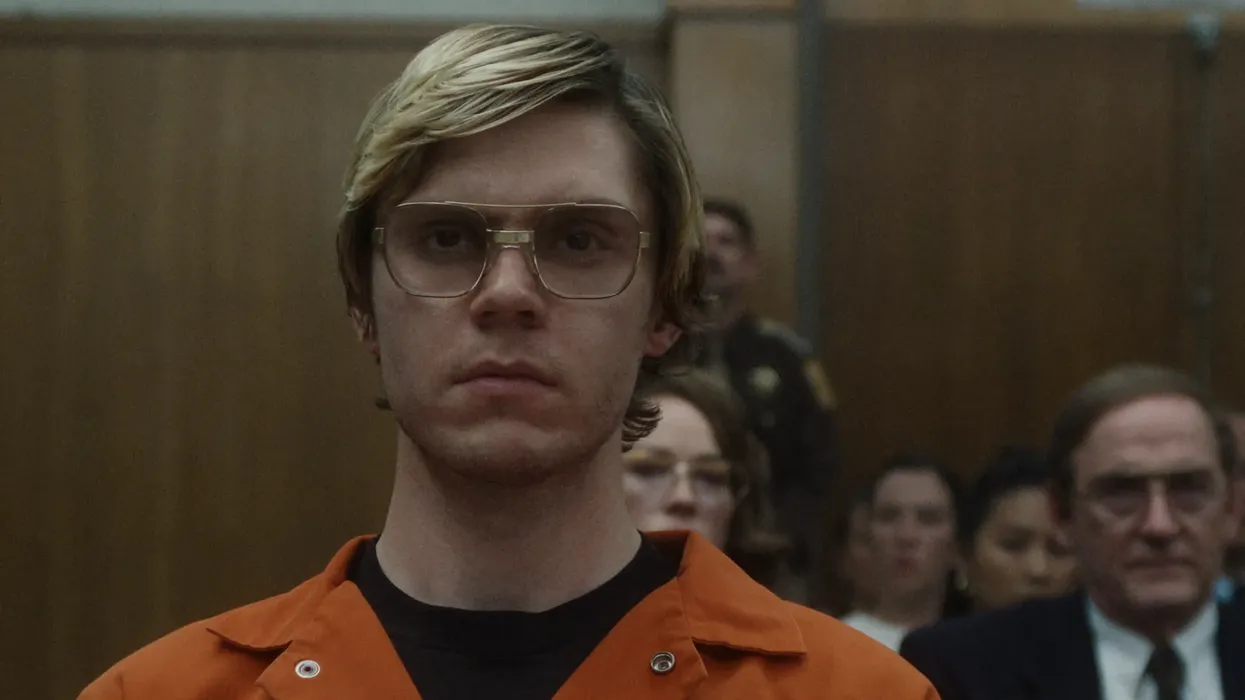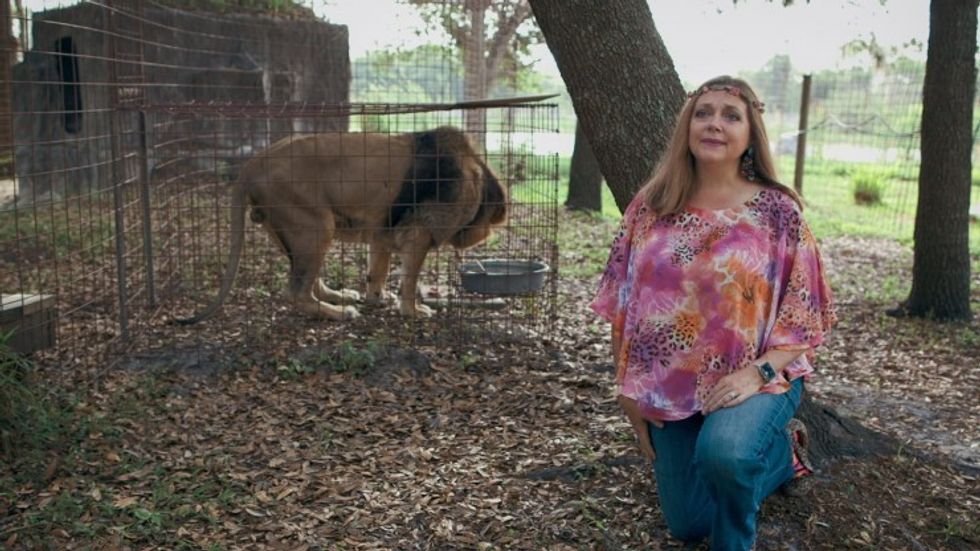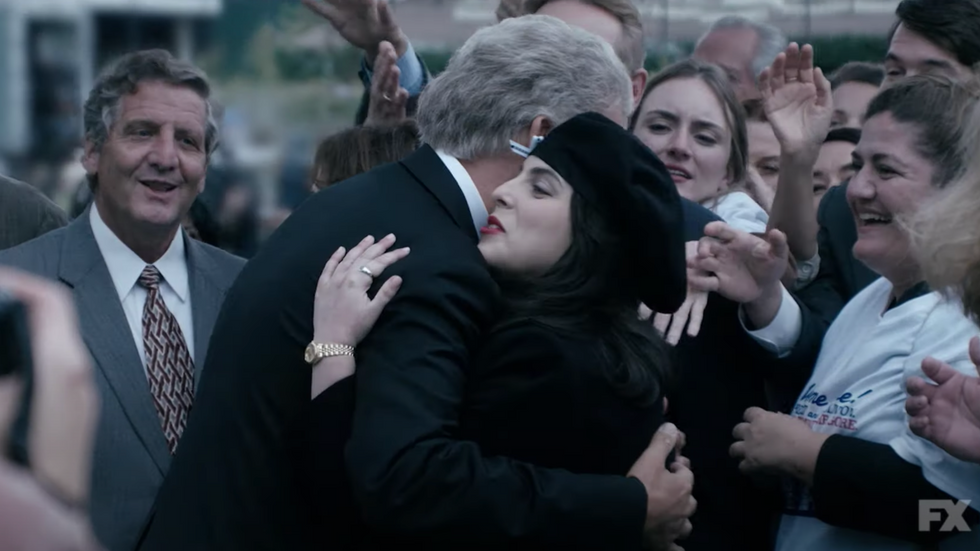Watch: Ingenious Ways to Conceal Your Cuts in (Artificial) Long Takes
It's no secret that many long takes are composed of more than one shot, and this video reveals how some of the masters conceal their cuts.

A long take is incredibly difficult to get right, and when it's pulled off well, the effect is often spectacular. Think of movies like Goodfellas, Boogie Nights, I Am Cuba (the inspiration for the long take in Nights), Rope, Children of Men and, recently, Birdman, which feels like an entire movie composed of just one shot, when in actuality there are over 100 cuts in the film. This video essay from Fandor looks at some famous long takes and examines how filmmakers hide their cuts.
As the accompanying essay by Shaina Hodgkinson puts it, part of the allure of the long take lies in that, "similar to Welles-ian deep focus, presenting action in a single unbroken take provides...a sense of voyeuristic freedom largely absent in montage," and that there is more "democracy" in a long take because the viewer can "observe any portion of the frame at any point in time." The long take can also bring an audience closer to "reality," or at least as close as a movie allows.
One of the first long takes in Hollywood history was Alfred Hitchcock's 1948 movie Rope, which is, ostensibly, a predecessor to Birdman as an entire movie that's just one 80-minute shot. At the time, this would have been impossible, if for no other reason than the length of film rolls, which only permitted 10 minutes of footage. Hitchcock concealed his cuts by "panning behind actors’ backs, switching magazine, and then continuing the camera move."
The amount of planning behind any long take is incredible, and since Rope, there have actually been several films composed of only one long-take, including 2002's The Russian Ark, a visually stunning 96-minute trip through the famous Hermitage museum, and PVC-1, a Colombian thriller based on the real-life kidnapping of a housewife. The 2006 Alfonso Cuarón movie Children of Menfeatures several, justifiably renowned long takes, including the famous car chase, which, according to Fandor's essay, is actually composed of six different shots that were filmed at three locations over the course of eight days with multiple cameras, before being stitched together in post. Check out this look at how the shot was filmed:
As mentioned above, Alejandro Iñárritu's Birdman, winner of 2014's Best Picture Oscar, is another film that employs the single, long-take conceit. Many of the film's 100 cuts are hidden using VFX, but several of them are also concealed using a technique even older than Hitchcock's Rope: the good old-fashioned whip-pan, which occurs when the camera pans so fast that there's motion blur, providing the "ideal moment for a concealed cut." This video digs into how many of the others were filmed:
There are many other films that this essay couldn't cover, and no matter how they're created, suffice it to say that when a long take sequence (or film) is pulled off successfully, it's one of the most bravura moments in filmmaking, and in the words of Hodgkinson's essay "demystifying these techniques illuminates filmmakers’ technical prowess, [but] the fact remains that regardless of knowing that a long take might be fake, it still remains enormously satisfying."
Source: Fandor













